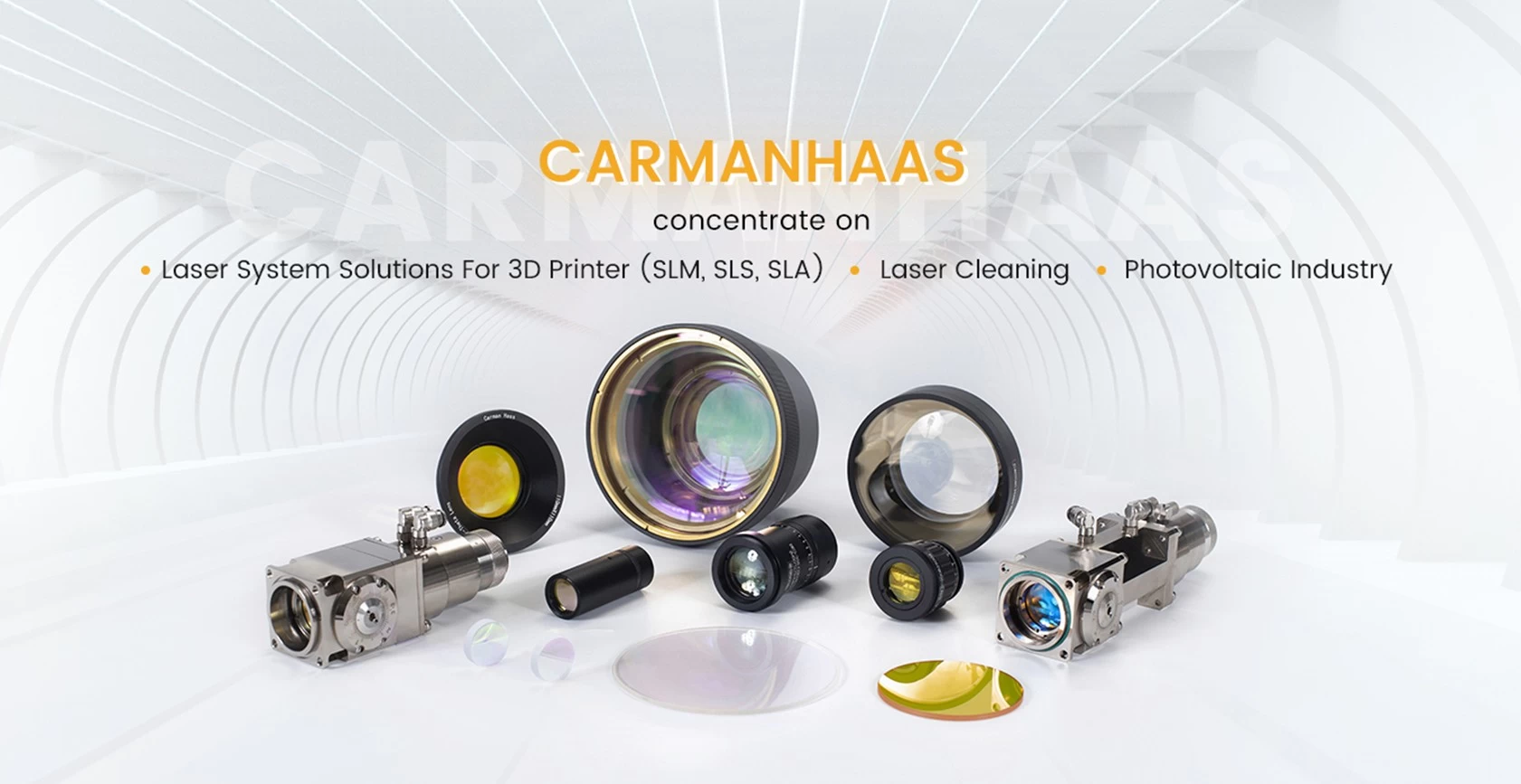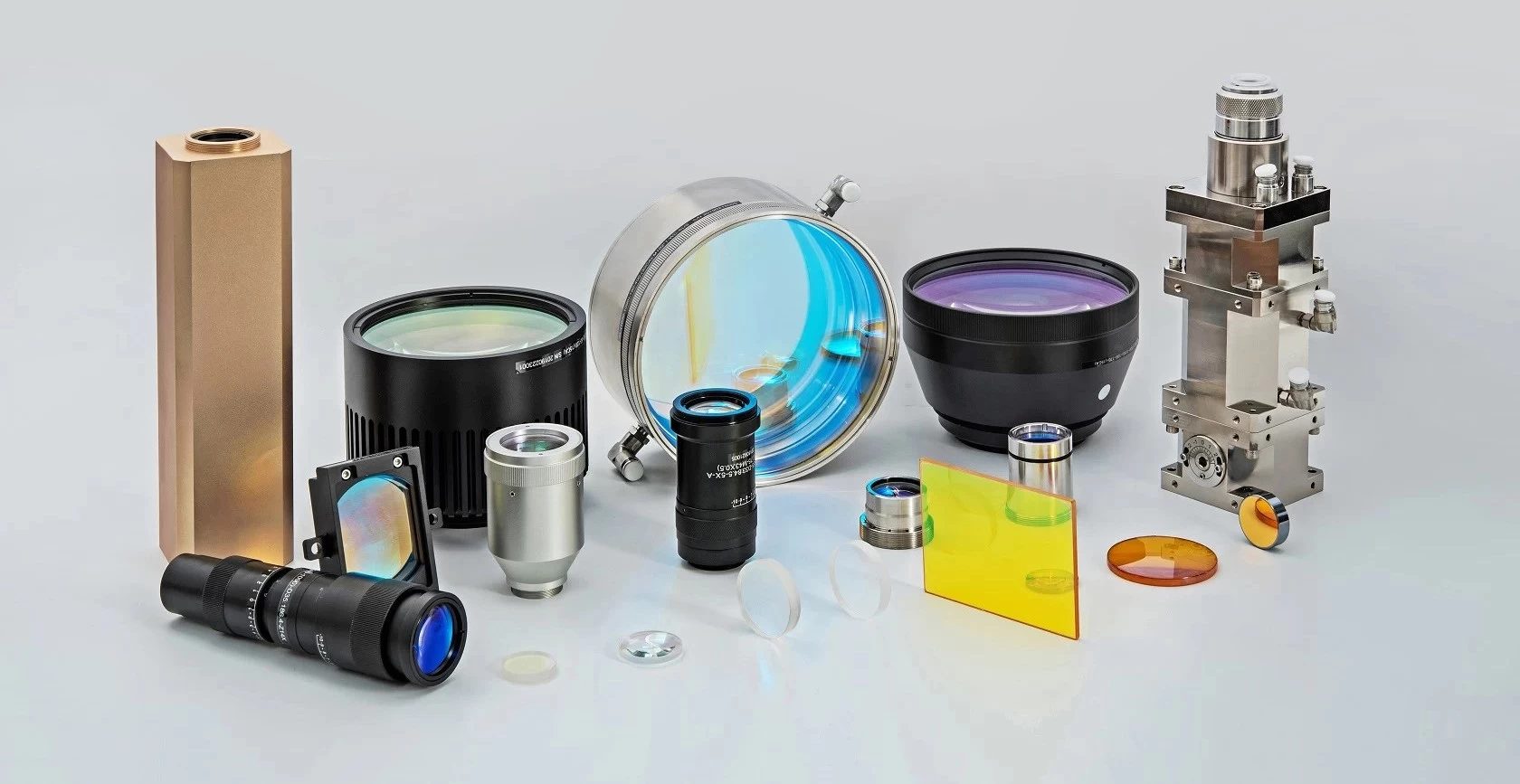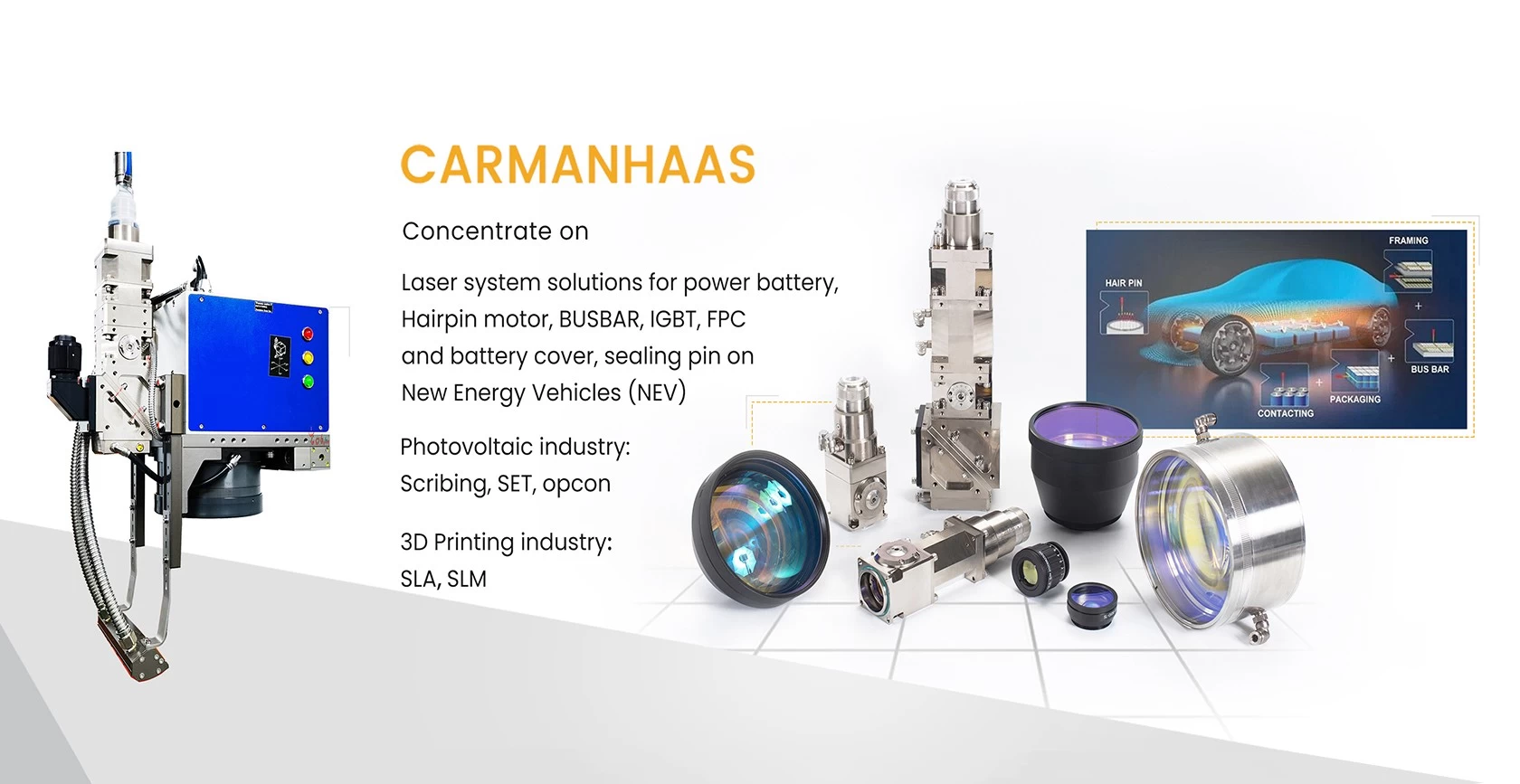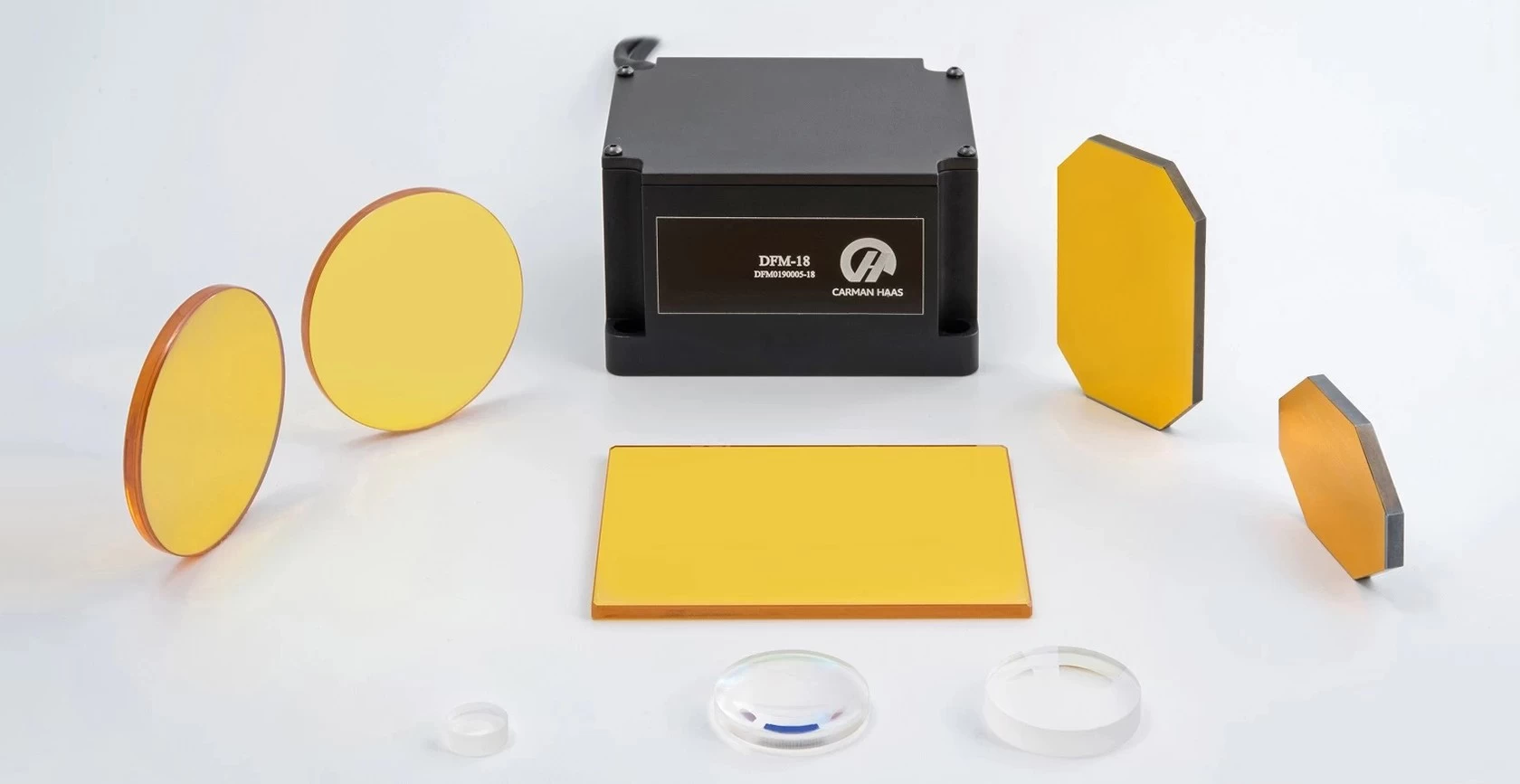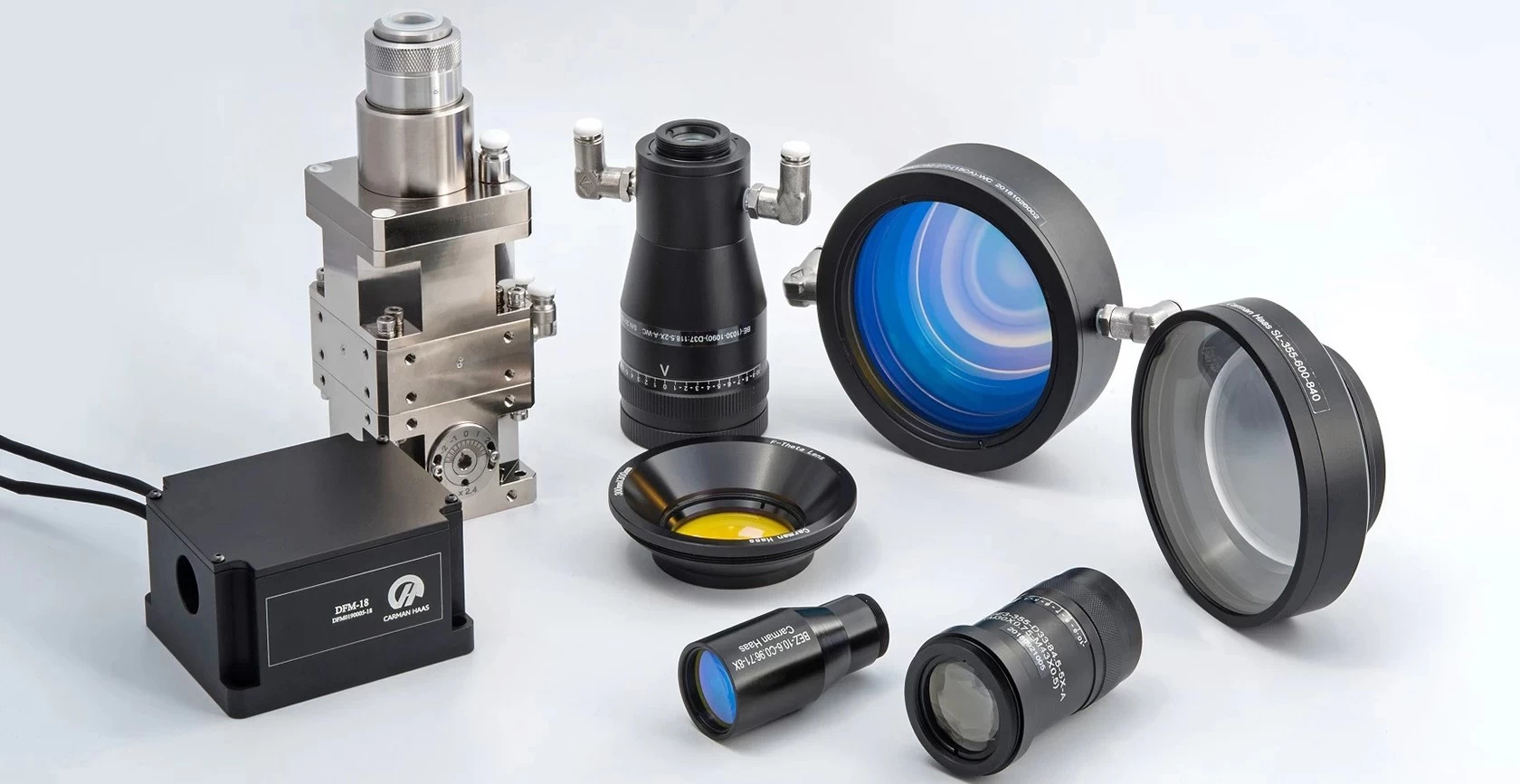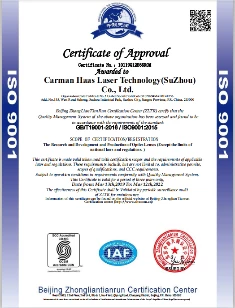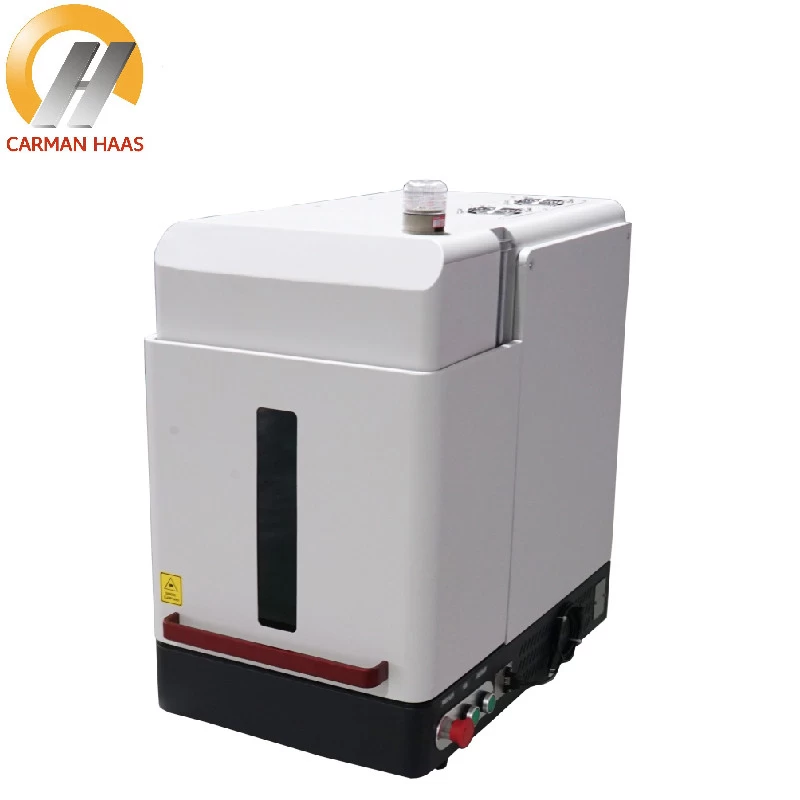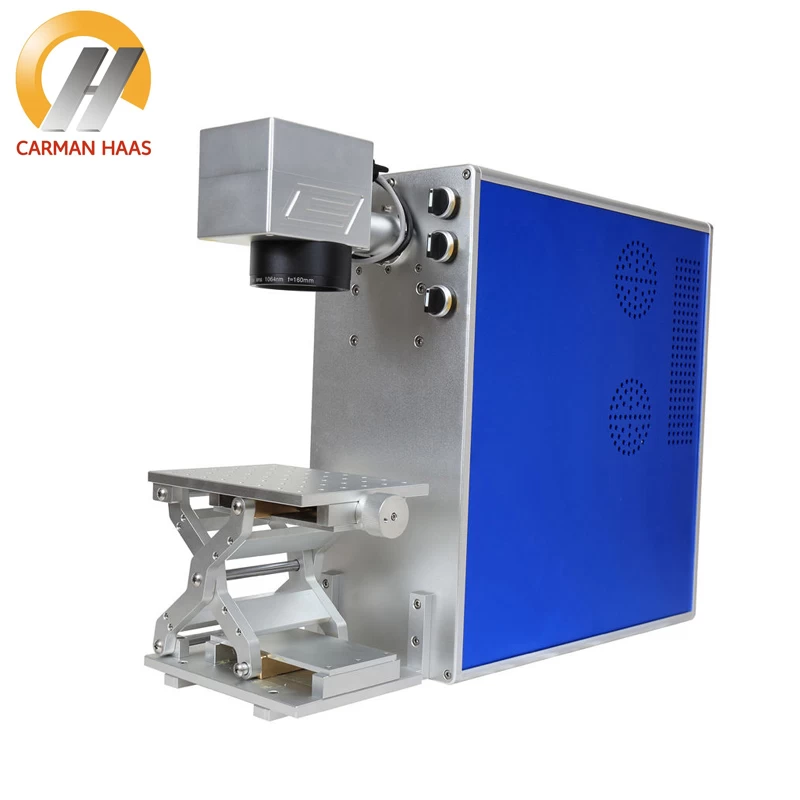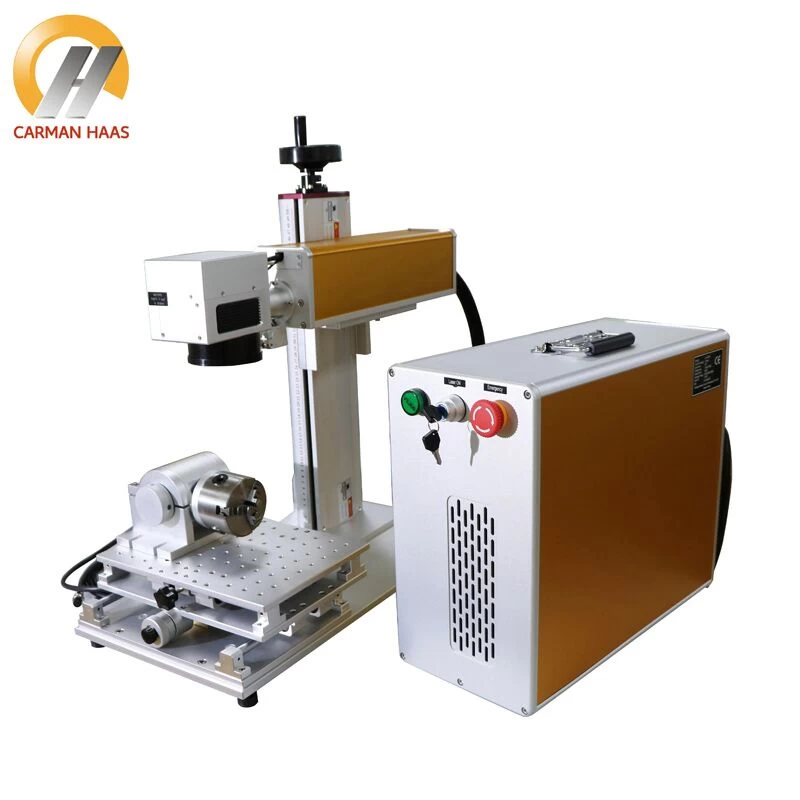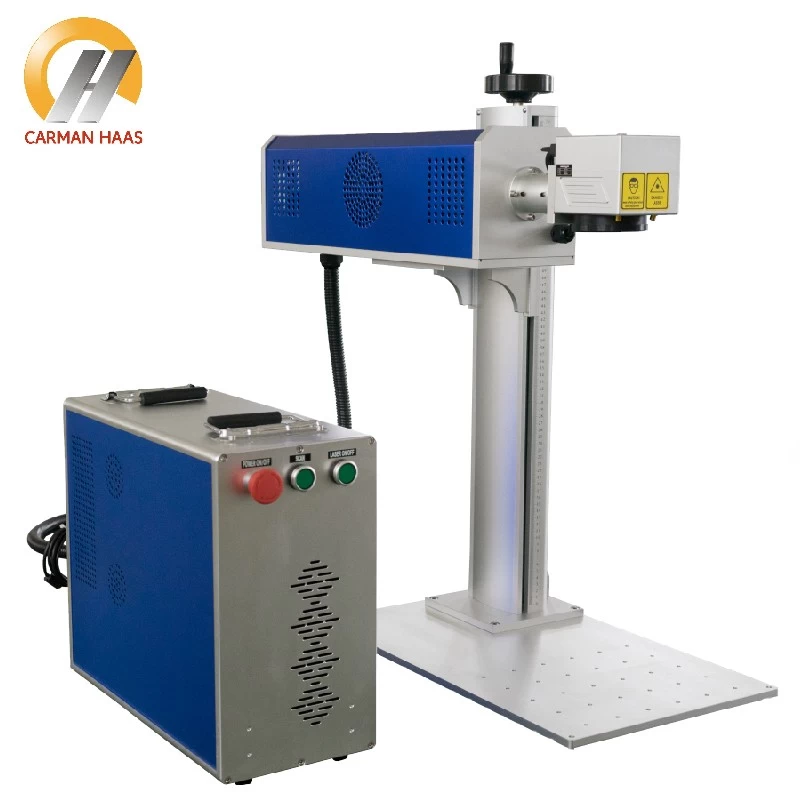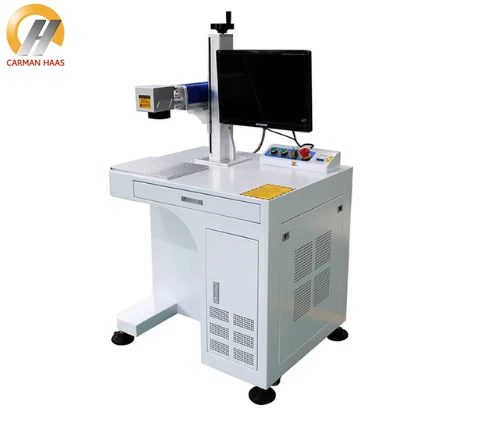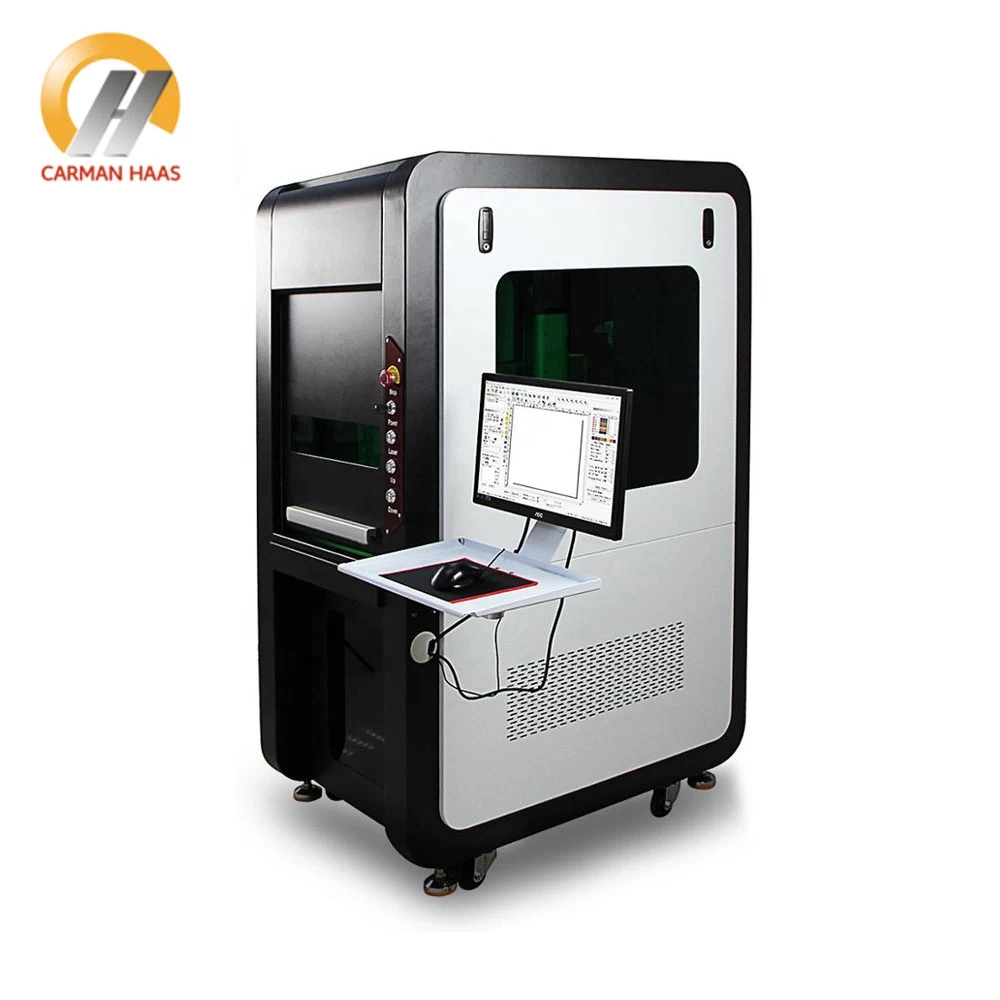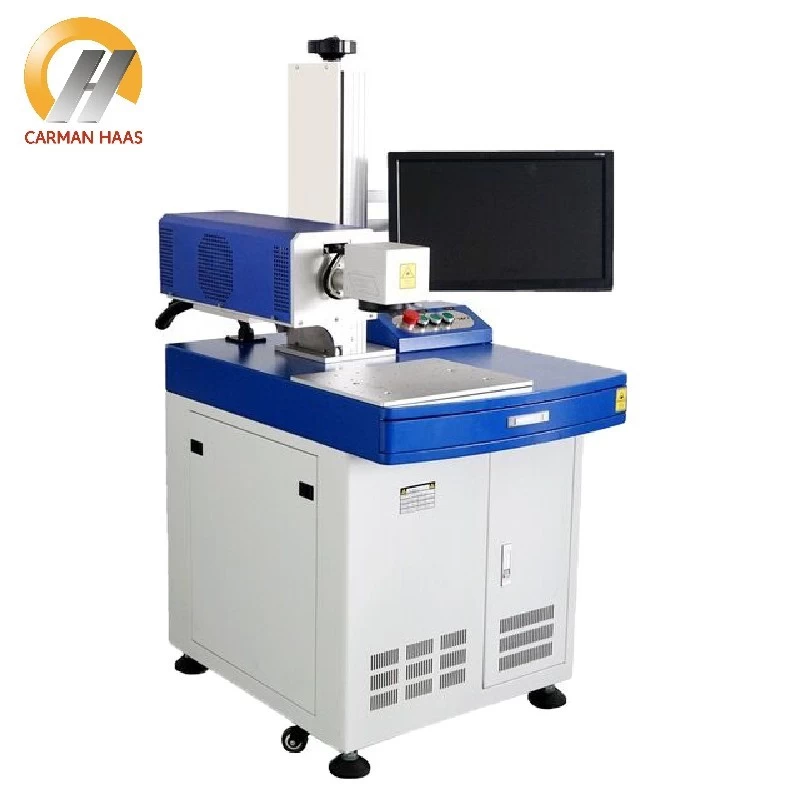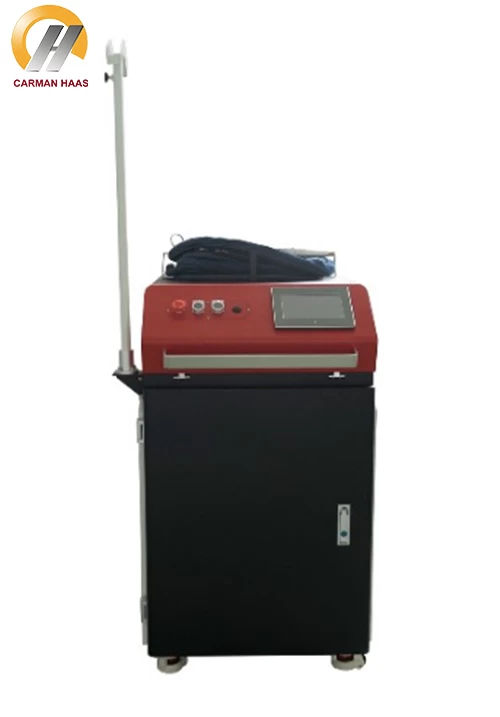4 classifications of laser working medium (solid, gas, liquid, semiconductor)
From the beginning of the laser to the present, a variety of different lasers have appeared. The laser can be divided into visible light, infrared, ultraviolet, X-ray, and multi-wavelength tunable according to the wavelength band. At present, infrared and ultraviolet lasers are the most widely used in industry. For example: CO2 laser 10.64um infrared laser(F-Theta lens for 1064nm), krypton lamp pumped YAG laser 1.064um infrared laser, xenon lamp pumped YAG laser 1.064um infrared laser, semiconductor side-pumped YAG laser 1.064um infrared laser.
However, in daily life, we usually classify lasers according to the working medium that generates them, that is, by the excited medium of the laser. So far, we have mainly divided lasers into 4 categories:
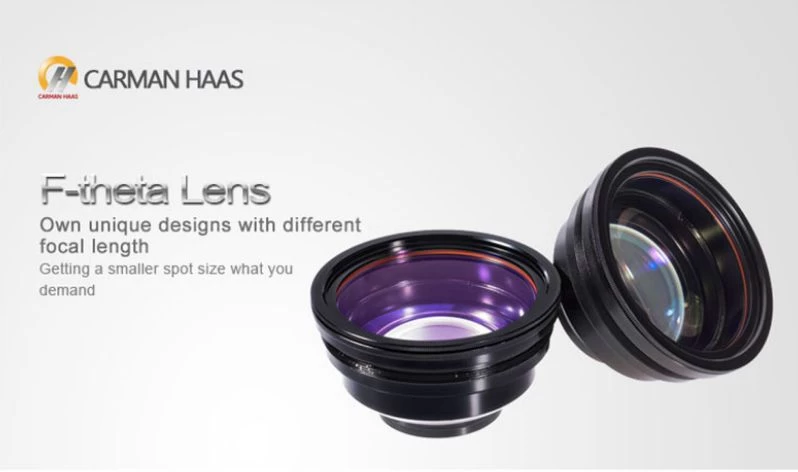
1. Solid laser:
The solid working material used in this type of laser is made by mixing metal ions with stimulated emission into the crystal. The main characteristics of these metal ions doped into the solid matrix are: a relatively wide effective absorption spectrum band, a relatively high fluorescence efficiency, a relatively long fluorescence lifetime and a relatively narrow fluorescence spectrum, so it is easy to produce particle inversion And stimulated launch.
Solid-state lasers have a wide range of uses in military, processing, medical, and scientific research fields. It is commonly used in ranging, tracking, guidance, drilling, cutting and welding, semiconductor material annealing, electronic device micromachining, atmospheric detection, spectroscopic research, surgery and ophthalmic surgery, plasma diagnosis, pulse holography, and laser nuclear fusion.
2. Gas laser:
Gas lasers use gas and metal vapor as working materials to generate laser devices. The main excitation methods are electrical excitation, thermal excitation, pneumatic excitation, optical excitation and chemical excitation. Among them, the electrical excitation method is the most commonly used. Under proper discharge conditions, using electron collision excitation and energy transfer excitation, the gas particles are selectively excited to a certain high energy level, thereby forming an inversion of the number of particles with the low energy level, resulting in a stimulated emission transition.
The gas laser has simple structure, low cost, convenient operation, uniform working medium, good beam quality, and can work stably continuously for a long time. It is the most widely used and most widely used laser, with a market share of 60%. He-Ne lasers are the most common among them.
3. Liquid laser:
Liquid lasers are also called dye lasers, because the active substance of this type of laser is a solution formed by dissolving certain organic dyes in liquids such as ethanol, methanol, or water. In order to excite them to emit laser light, a high-speed flash lamp is generally used as the laser source, or other lasers emit very short light pulses.
Continuously adjustable laser wavelength is the most important output characteristic of dye lasers. The device features simple structure and low price. The stability of the dye solution is relatively poor, which is the deficiency of such devices. Dye lasers are mainly used in scientific research, medicine and other fields, such as laser spectral light, photochemistry, isotope separation, photobiology, etc.
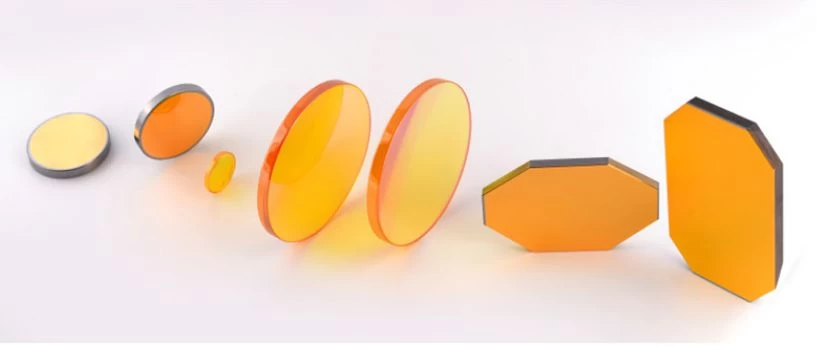
UV F-theta lens manufacturer china
4. Semiconductor laser:
Semiconductor lasers, also called laser diodes, are lasers that use semiconductor materials as working substances. Due to differences in material structure, the specific process of generating lasers of different types is relatively special.
There are three types of laser excitation methods: electric injection, electron beam excitation, and optical pumping. Semiconductor laser devices can be divided into homojunctions, single heterojunctions, and double heterojunctions. Homojunction lasers and single heterojunction lasers are mostly pulsed devices at room temperature, while double heterojunction lasers can achieve continuous operation at room temperature.
laserˈlāzər



